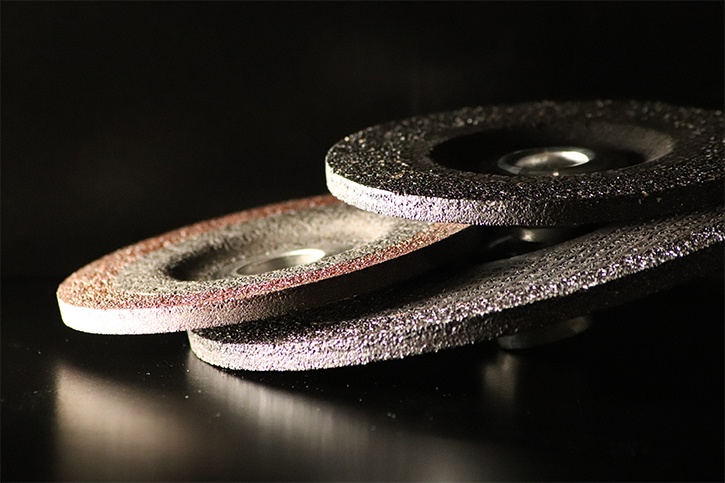Have you ever imagined a workshop without scrape? It is next to impossible to avoid using a smoother since it is essential. You can use sandpaper to smoothen your woods, remove rust or even brighten brass. Besides, an abrasive leads to a neat finishing that touches the product’s last touches. There are different abrasives used in making paper, thus producing variety. Similarly, you will need to choose the abrasives depending on your work surface. Read on to discover the benefits of using abrasives:
1. Method of Attaching is Key
The sander will determine how you attach the paper. You can either attach the abrasive with a clamping system or with Velcro. Remember that replacing a sanding pad attached with Velcro is easier and faster as replacement requires you to pull off the old paper and stick a new sheet. The best part is that when you attach the paper with Velcro, it will stick in place firmly, making your work easier. You can also opt for other sanders with clips on the side to hold them in place. The paper with clips gives you the option of choosing the size you want since the size of the sanding base does not restrict you.
2. The Grain of the Abrasive Matters
Sandpaper comes in different numbers; these numbers stand for the amount of grain a paper has per square centimeter. Remember, the lower the number, the course your abrasive. When you want to remove the rough surface, it helps to start with lower-numbered paper then move higher in number to get a more refined finish. It will also help if you use the abrasives correctly; for instance, use paint abrasive to sand paintwork.

3. Pick the Right Color and Size
The size of the paper needs to be proportional to the sole of the sander. Imagine using a small sanding sheet on a wide sander; that would be a waste since you will not be utilizing the sander well. Similarly, the sanding machine will not work well when the sheet is too large, and you may fail to get the desired effect. The type of wood you want to sand also determines the color of the sanding sheet you use. For example, when you want to work on chipboard or blank wood, it is best to use a red sheet while a white sheet is more suitable for filling materials and paintings.
4. Consider the Type of the Sander
The type of sander you use will determine the paper you buy. For example, if you have a sander with an extraction system, you will need a sheet that does not cover the holes to allow cleaning up as you work on the surface. The sheet also needs to be the exact size of the base of the optimal sander operation of the tool. Do not forget that a sander with an extraction system is best for use in the open to avoid inhaling a lot of dust. Alternatively, you can put on a mask to prevent you from inhaling the dust.
It will help if you do due diligence on the store before buying the sheets. It would be best to buy from legit stores to get genuine sandpaper. Remember to also compare prices from different suppliers before buying your sheets.




